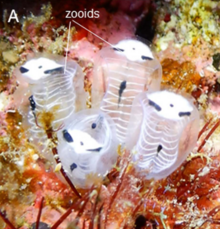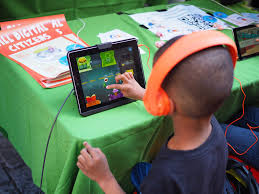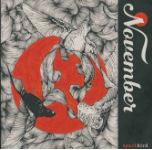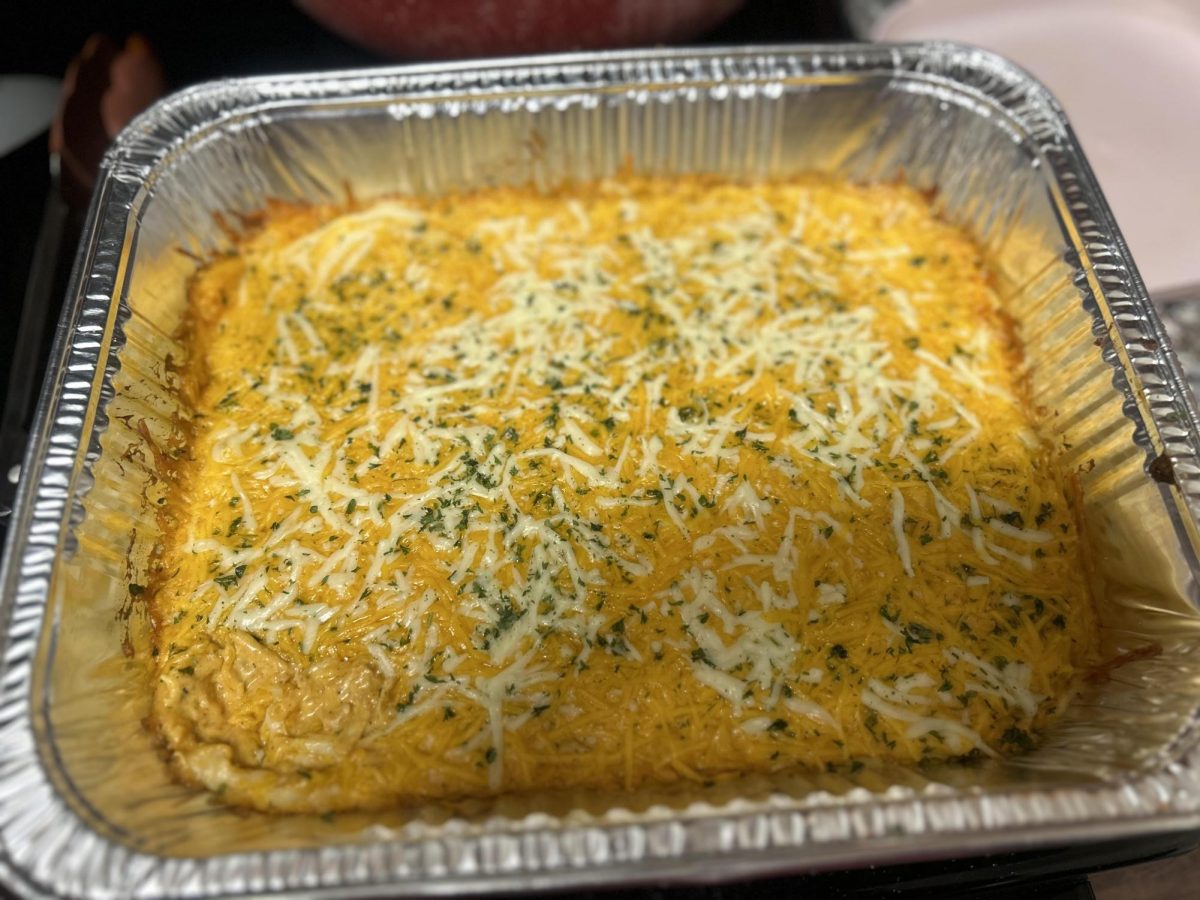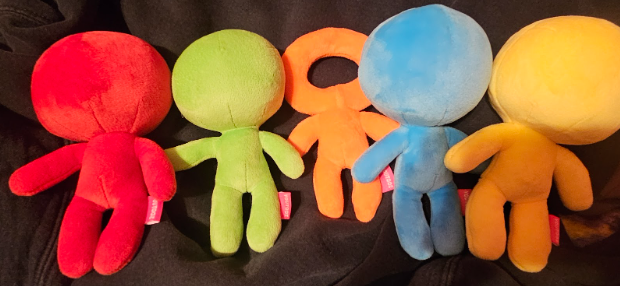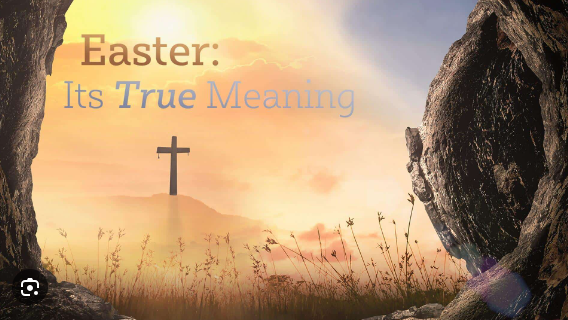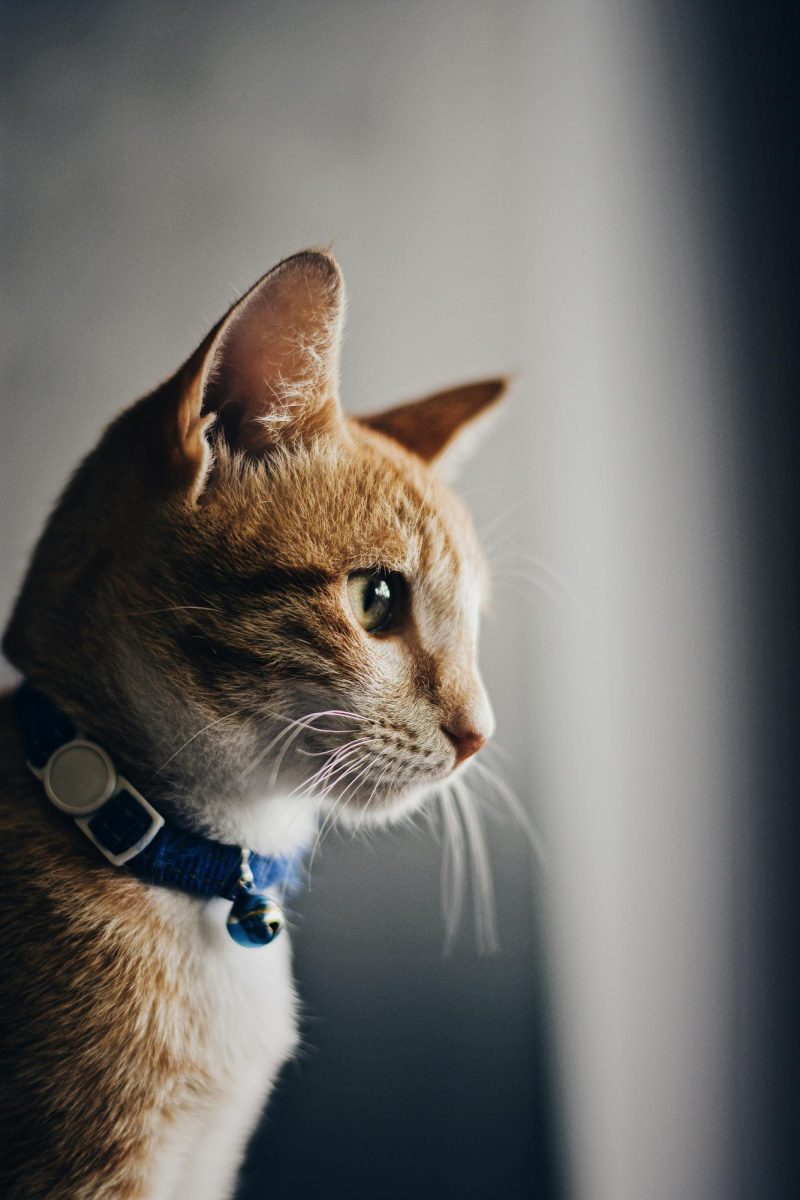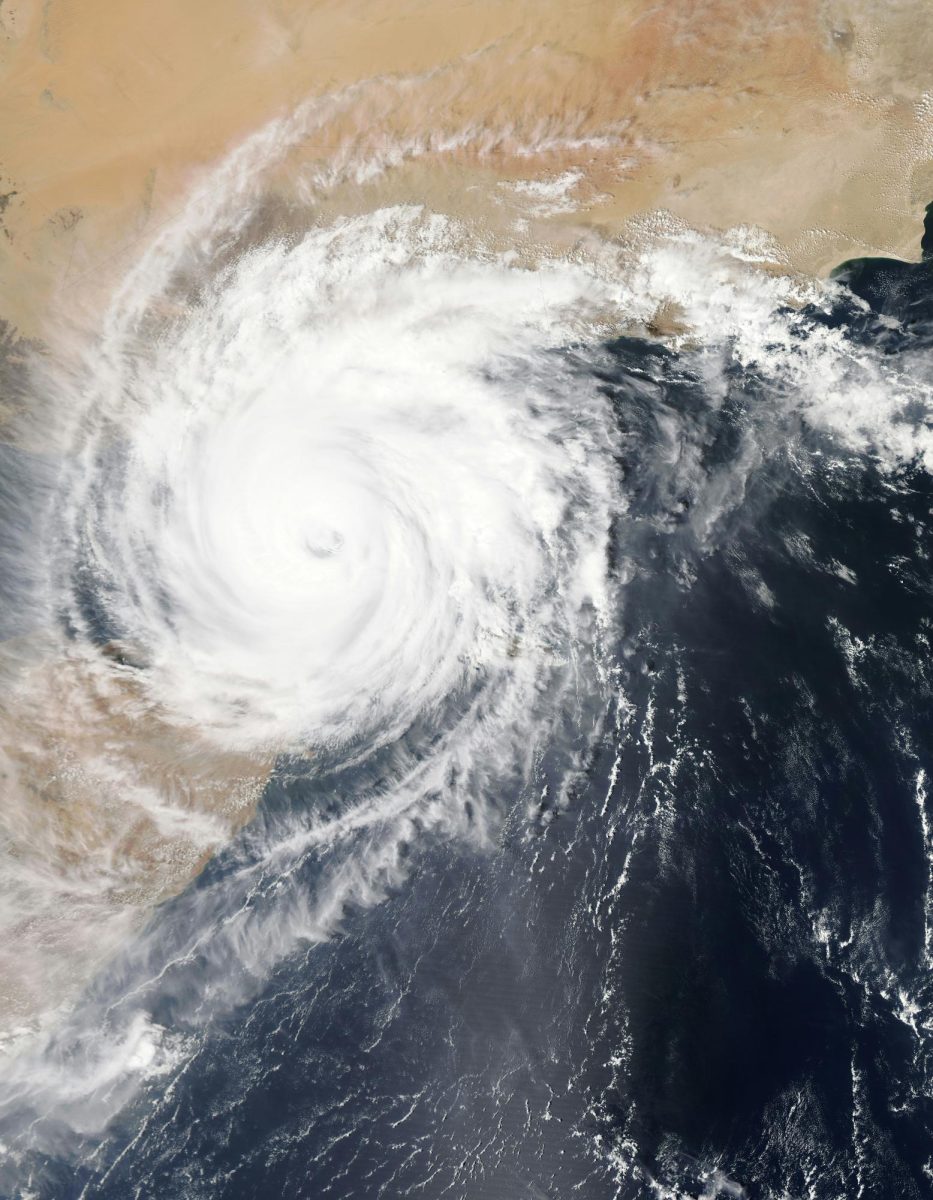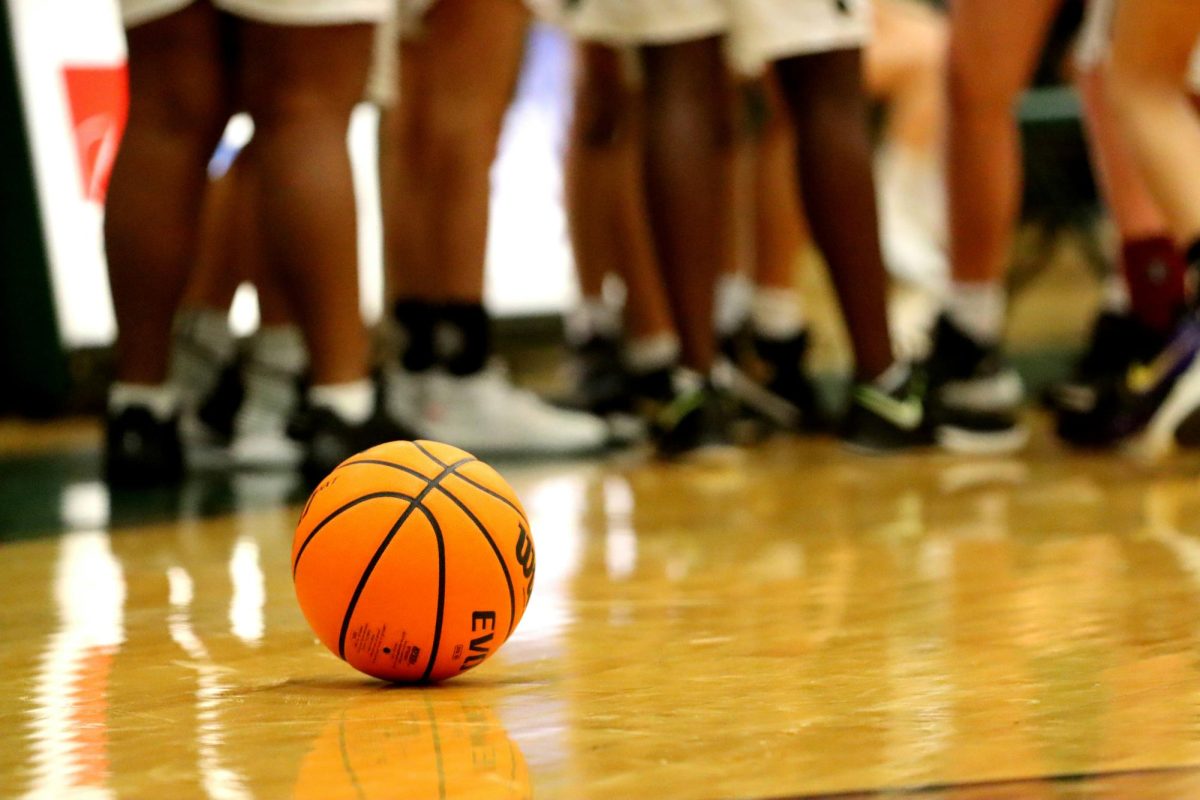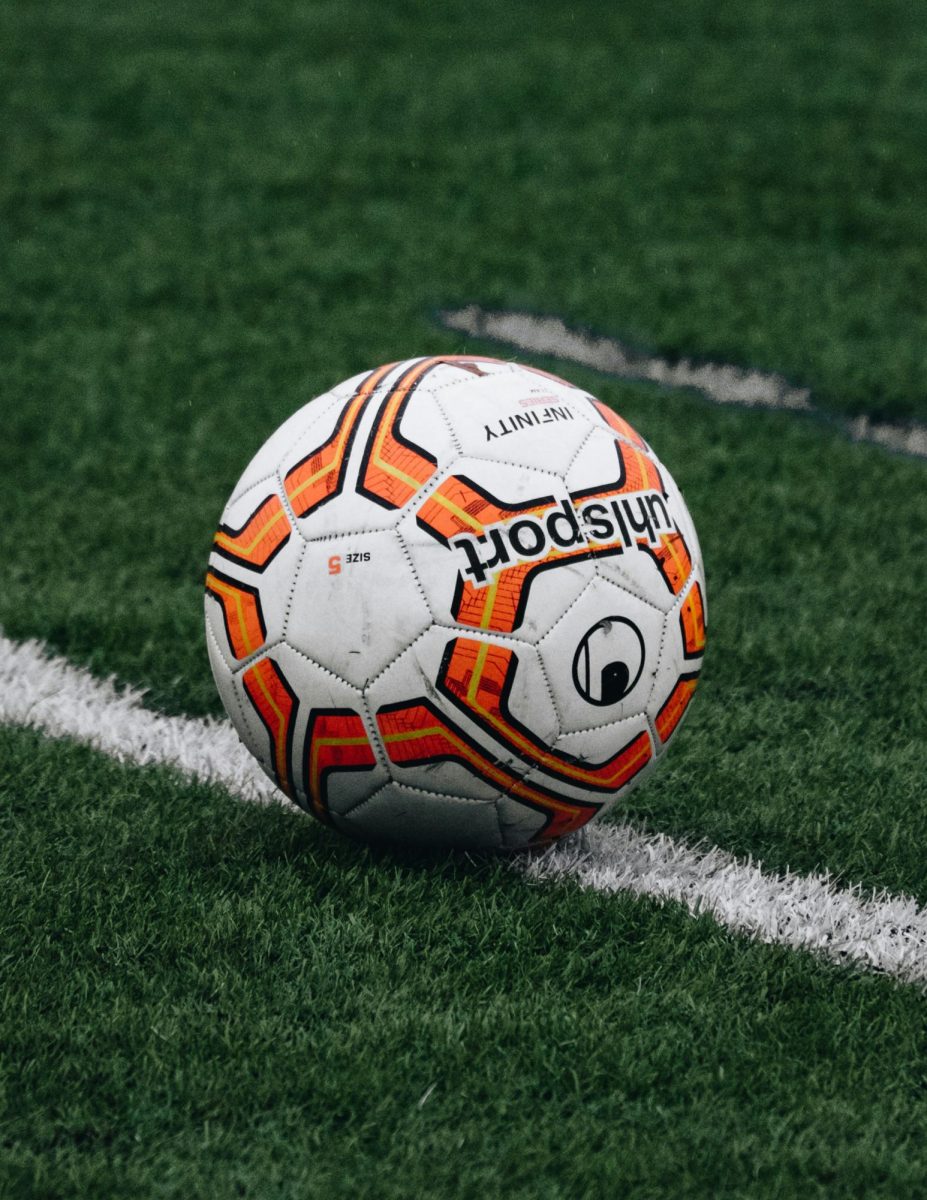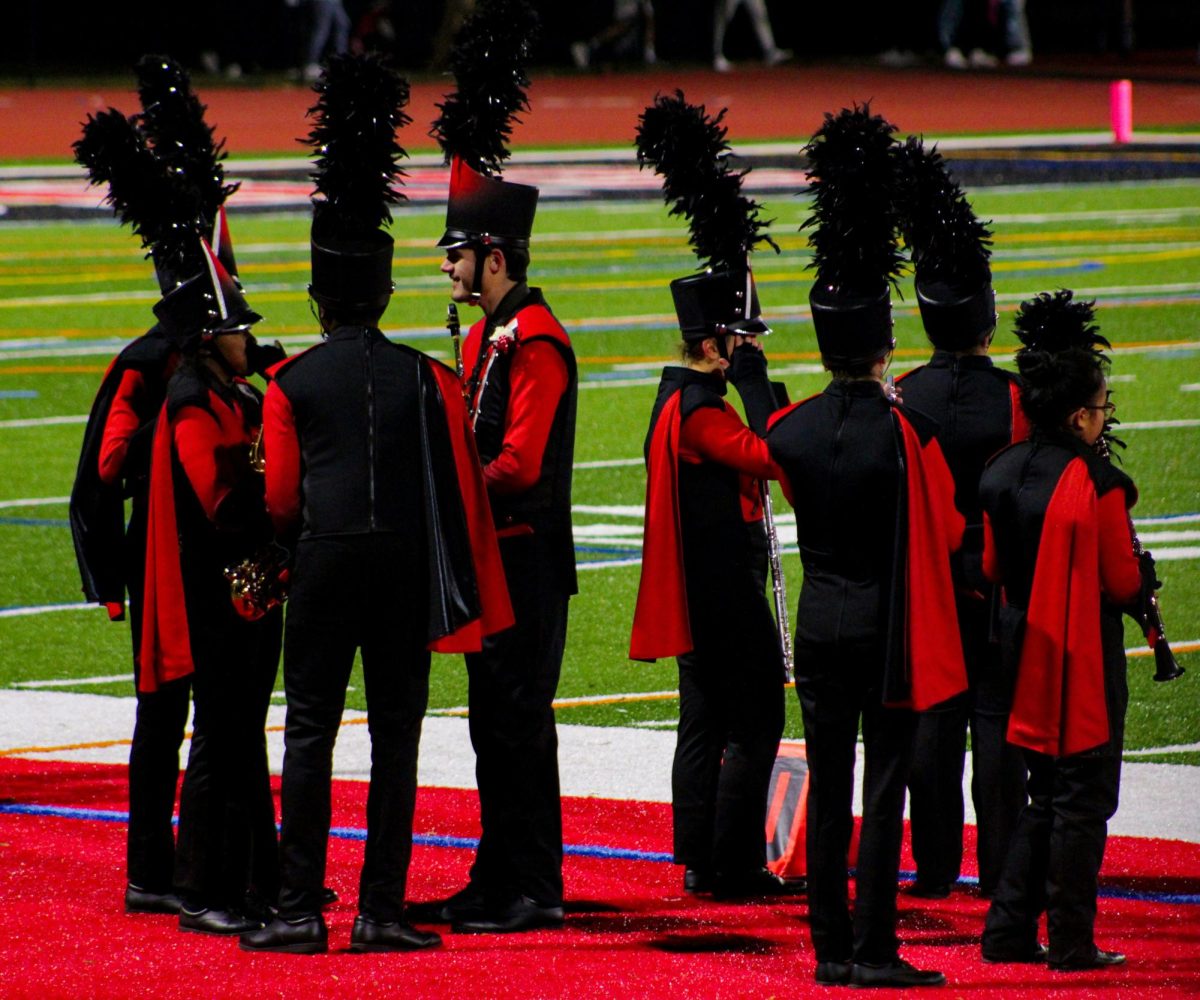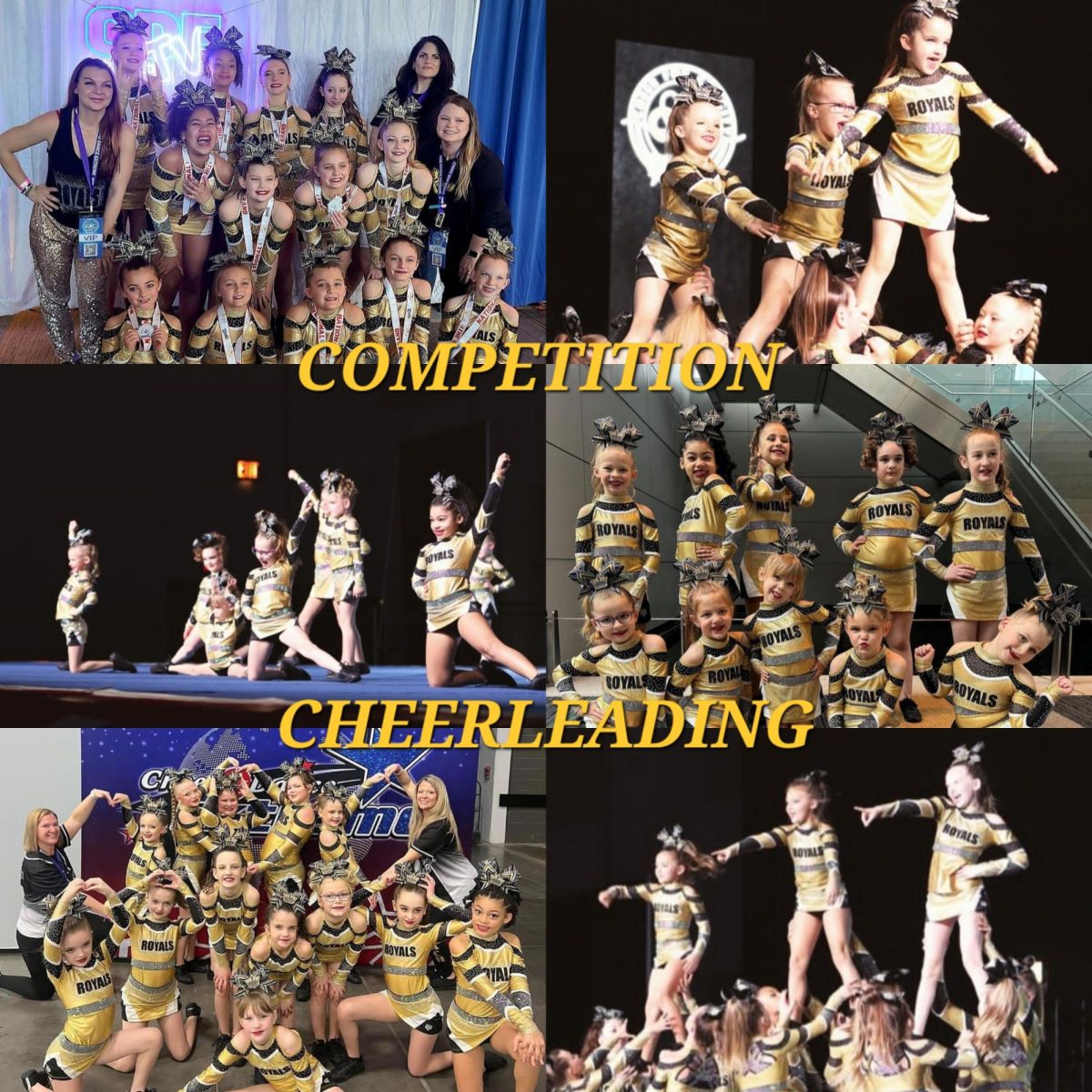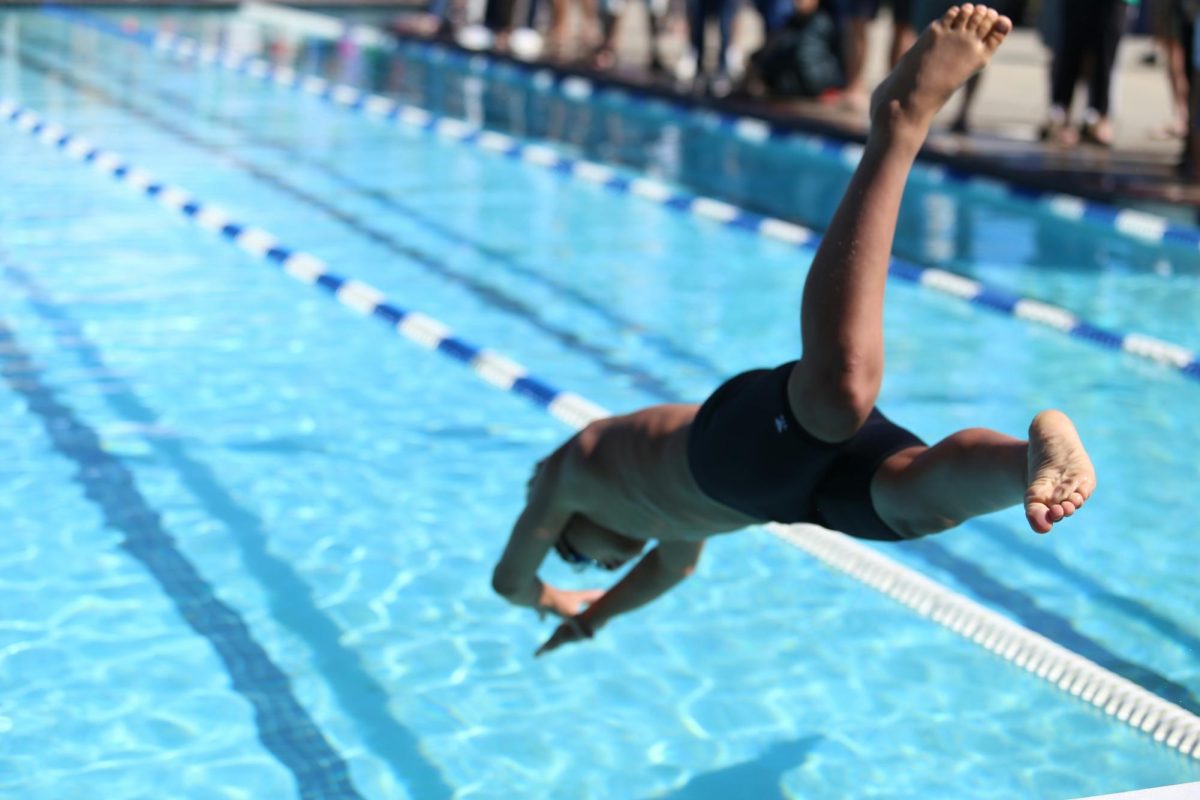When some people think of cheerleading, they think of pom-poms, a football field, or a basketball court. Most people say sideline cheer is “not a sport.” While some agree with this or disagree with this saying for different reasons, there is a whole other side to the cheer world that is a sport, without a doubt! That would be competitive cheer.
You may be wondering what competition cheer is. Competition cheer is where you typically travel to different places to compete against different teams. Each team competes for two minutes and thirty seconds. In these two minutes and thirty seconds, they perform a routine. A competition cheer routine consists of stunts, tumbling, jumps, and a dance. In competition cheer routines, cheerleaders have to do things very clean and tight-looking and walk to their next positions with their arms tight by their sides. When it comes to cheer competitions and who you compete against, there are different ways to how it goes. If you are on a level-one team, you only compete against other level-one teams. Also, there are two different divisions that then have different divisions within them. One being recreational competition cheer, and the other being All-Star competition cheer. There is not a huge difference between these two divisions. Recreational competition cheer is a little less competitive than All-Star is. Recreational can be more laid-back and not so focused on the thought that we have to win. Both All-Star and Recreational cheer can compete at the same competitions and tend to be at the same competitions, but only compete against those in their division. Within these divisions, there is the Tiny division, which can be from the ages four to six, the Mini division, which is from ages five to eight, Youth, which can be ages five through eleven, Junior, which is ages five through fourteen, and Senior, which is ages eleven to eighteen. Depending on what division you are in and what level you are at, this determines what teams you compete against at cheer competitions.
Competition cheer is a very difficult sport! It takes a lot of dedication and teamwork. If one person misses cheer practice, it affects everyone. An even worse situation is if someone won’t be able to compete at a competition or if someone gets injured and won’t be better in time. This means the coaches have to move the whole routine around. Sometimes, because of this, almost everyone has something that’s changed in what they do during the routine. Competition cheer comes with many trials and errors. It takes everyone to do their job in order for things to work out. Kiera Millet said one of the things she doesn’t like about cheer is, “I don’t like when not everyone is giving 100%. To succeed, we need the entire team’s effort. Everyone is valuable; they just need to try.”
Competition cheer takes communication. If you aren’t communicating with your teammates, your stunts will continue to fall. You may be wondering what a stunt is. A stunt is where there are typically two bases, a backspot, a flyer, and sometimes a front spot. Bases are the people who hold the flyers’ feet, keeping them in the air. Backspots are the ones that are in between the two bases holding the flyer’s ankles or legs. This depends on where the flyer needs more support. Flyers are the ones that are thrown and held up in the air by the bases, backspot, and frontspot. Emmy Clark said, “My favorite thing about cheer is flying because it is fun.” Front spots are at the front of the stunt and usually spot at the legs, depending on what the stunt needs; they are sometimes there just in case the stunt starts to need more support.
Competition cheer is a great sport for any age. It can teach you confidence, patience, hard-working skills, and you can make great friends in the process. Kiera Millet said, “Cheer really helped me with my confidence. My family and friends have noticed that I’ve come out of my shell more after really getting into cheer these past few years. It’s also almost therapeutic. Putting stunts up, doing jumps, and more are calming to me. It’s put me in such a generally better place in life.” Competition cheer definitely can be a lot and has it’s stressful times that come with it, but it definitely all pays off in the end. Kiera Millet also said, “I love when we hit zero, and the stunts are perfect. It’s like that one moment where you can feel that all your hard work has paid off.” If you don’t know what it means to hit zero, this means there were zero deductions from your performance. Lia Neilson said, “I feel like cheer has gave me strength and confidence, and it made me push myself to do things I didn’t know I could do if I just tried.” Competition cheer can teach you to push yourself to try for things even if you don’t exactly have the confidence in yourself. You will gain it along the way.
Competition cheer is also an amazing sport to coach. Grace Clark said, “My favorite thing about coaching competition cheer is watching how excited the cheerleaders get when they learn a new skill. Seeing their confidence grow and that they realize hard work does pay off in the end.” Being a coach on a cheer team can not only be for the cheerleaders; it can be for yourself too! Coach Grace said, “Coaching cheer definitely made me realize I can handle more than I thought. How to organize my time better, especially since I work full time, have another daughter in field hockey, and coach tumbling every Friday. Also, everyone needs to be coached differently. Some you need to be tough on; others, if you point out only the positives, they correct their negatives.” You might be wondering what the negative parts of coaching cheer are. What is difficult about it? According to Coach Grace, “Seeing the frustration and sadness in my girls when they think they haven’t done well. That they don’t understand I don’t care about first place as much as I care about; are you improving your skills and learning to push through and adapt fast during the hard times.”
There are so many great things about competition cheerleading. I would recommend getting involved with anyone who is looking for a competitive sport. You have to be willing to work hard and have some free time taken up for it. Cheer helps people in many ways, not only physically but mentally.






